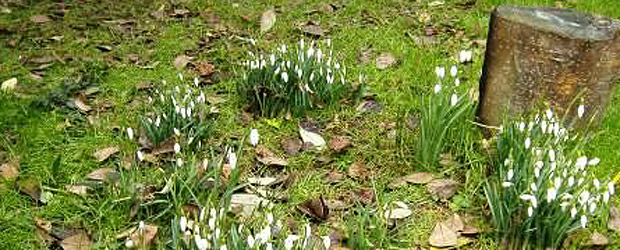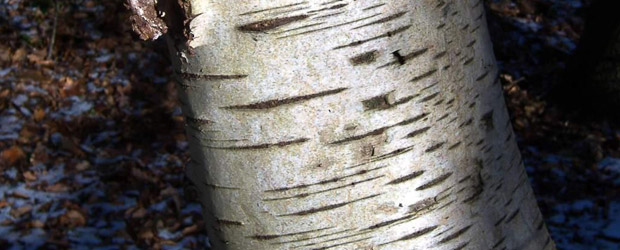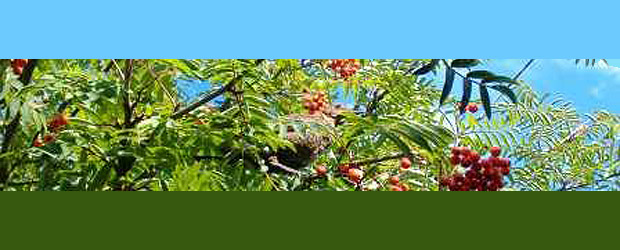
Winter’s Ending – The Returning Sun
Winter Solstice (20th -23rd December) to Imbolc (1st-2nd February)
The shortest day has passed, days are slowly lengthening and spring seems to be a within reach. Although it is still cold, the returning fire of the Sun is slowly waking up life, sap begins to rise, snowdrops and crocus push through frozen ground. It is a time of inception; the seeds of inspiration that were incubated over the darkness of winter begin to germinate.

Nanabozho
A Traditional Ojibwe Story – Only to be told in winter when the thunderbirds have gone south! As told by North House Folk School in ‘Celebrating Birch’.
“One day long ago, Nanabozho was walking in the woods. All at once he saw some thunderbirds. They were angry thunderbirds. They were angry at Nanabozho.
The thunderbirds began to fly at Nanabozho. Then they began to shoot lightning bolts at Nanabozho. Again and again the lightning bolts flew, but Nanabozho was too fast for them. The lightning bolts missed Nanabozho every time. Nanabozho ran quickly through the woods to get away from the thunderbirds. Soon he saw a large birch tree. There was a good place to hide in the tree. Into the tree he jumped.
Nanabozho had great powers. The lightning could not strike the tree. This made the thunderbirds very angry. Crash! Crash! The big birds crashed against the tree. Again and again they crashed against the tree. Soon there were marks on the tree. The marks came from the crashing of the wings on the tree trunk. But still Nanabozho was safe inside the tree. Finally the thunderbirds flew away. They were very very angry.
Nanabozho came out from the tree. ‘Thank you! Thank you for saving me’ he exclaimed. ‘I will remember how good you have been.’ Then Nanabozho thought and thought. ‘I know,’ he said, ‘I must remember you every day. We will find many uses for birch bark.’
Today the birch bark is used in many ways. It is used for building wigwams and canoes and many other things. And for many years, lightning never struck a birch tree, and the birch trees still have the marks left by the angry thunderbirds.”
Nanabozho is a cultural hero and trickster spirit, who features in many Ojibwe stories.
In many traditions and folk lore Birch is considered protective and is highly valued for its multitudes of uses from fire lighting to besom brooms. As a pioneering (early successional) and relatively short lived (they live about 80 years – roughly the same as a human!) tree species it is also representative of new beginnings, so particularly celebrated as this time of year as the sap rises and life returns to the woods.

Tree of the Season – Rowan (Sorbus aucuparia)
“Rowan tree and red thread,
make the witches tine (lose)their speed “
Rowan or Mountain Ash is an attractive and delicate looking tree, common on slightly acid soils and upland areas. It rarely grows taller than 15 metres and has silvery brown bark. It has bright green compound leaves that are typically made up of 15 slender leaflets arranged in pairs and one at the end. In spring it has clusters of creamy white flowers which are followed by bunches of bright red or orange berries, which are a particular favourite of blackbirds!
Uses – Rowan wood is tough, strong and fine grained. Historically it has been used for making tool handles, cog wheels, spindles and spinning wheels. Nowadays the wood is rarely used, although still valued for turnery and engraving. Rowan berries can be eaten and traditionally are made into a jelly with crab apples to make a tasty accompaniment to game meats.
Folklore – Rowan is sometimes referred to as ‘Lady of the Mountains’ and in many different traditions Rowan represents youthfulness and the female aspect. In many stories Rowan is sacred to goddesses of youth, creativity and protection, such as Brigid (Irish celts) and Brigantia (English). Both these goddesses are associated with potential life and fertility – or the forthcoming arrival of spring at this time of year. These folkloric ladies shoot fiery arrows of Rowan wood into the sky – the blazing arc representing the suns passage through the seasons. In Greek mythology Hebe (Godess of Youth) loses her magical chalice of ambrosia to demons. The gods send an eagle to recover it. In the ensuing fighting the eagle feathers and drops of blood fall to earth. Where they fell; a Rowan tree grew. This is why Rowan have feather like leaves and blood red berries. Each Rowan berry has a tiny five-pointed star on its base – a magical symbol of protection. It is for this reason that people would carry an equal armed cross of rowan twigs fastened with red thread.
Wisdom – The graceful, colourful and slender form of the Rowan tree looks vulnerable, however it is able to flourish in extreme places where other trees would not cope. She reminds us that adversity can be transformed into creative opportunity and inspiration.
Seasonal Stories Through the Year:
Winter Beginnings – Journeying into Darkness
Winter’s Ending – The Returning Sun
Spring Beginnings – Light Becoming Balanced with Dark
Spring’s Ending – Awakened Energies
Summer Beginnings – The sun reaches its zenith
Summer’s Ending – The beginning of harvest